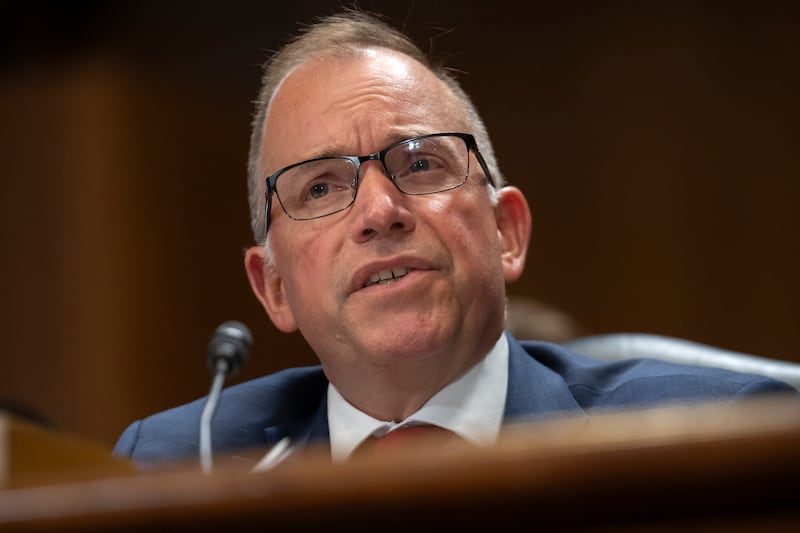- In a conversation with Deseret News, the Forest Service chief explains why the Roadless Rule should be repealed.
- Tom Schultz says leaving wild spaces alone is not the same thing as management.
- Repealing the rule is an effort to ensure the land's multiple use mandate is protected and that wildfire risks are mitigated.
For Tom Schultz, the 21st chief of the U.S. Forest Service, repealing the Roadless Rule is not a matter of ideology but rather a matter of “common sense land management.” Leaving land alone and letting nature run its course is not management, Schultz explained, but a “false narrative.”
“The idea that if I care about something, I walk away from it,” Schultz said. “I guess I don’t buy that.”
The Roadless Rule was a landmark decision made in 2001 by the U.S. Department of Agriculture. At that time, it prevented the building of roads through nearly 60 million acres of Forest Service land, conserving a small percentage of the overall American landscape from further development. Today, after carve outs by several states, the total acreage is closer to 45 million.
Since its adoption, however, a lot has changed within the forests and government, and the Trump administration has set a clear intention to overturn the rule. The current USDA believes that those lands are “at risk” due to wildfire potential, while also representing a missed economic opportunity for the small, mostly rural communities that are adjacent to those massive tracts of forest.
In addition to the immediate practicalities, Schultz — formerly the vice president of resources and government affairs at the Idaho Forest Group, which is among the country’s largest lumber producers — believes the Roadless Rule represents another instance of federal overreach and an impediment to thoughtful, proactive management of public lands.
“If I was a landowner, which the American public is a large landowner of all of these lands, I’d want access for any number of things,” Schultz said. “Roads are key to this system.”
With less than two weeks of public comment on the repeal of the Roadless Rule (comments can be made here), Schultz spoke with Deseret News to explain why it’s important to repeal the provision, why the administration is working so “expeditiously” to do so and what the public might expect from the prospect. The conversation has been edited for length and clarity.
Deseret News: Why repeal the Roadless Rule?
Tom Schultz: As you look at the regulatory burden that we’ve been looking at across government — that’s a big one — how do we reduce that burden? Particularly with roadless, this issue has been around since 2001; we’re talking 60 million acres nationally, and the inability to manage those lands. In many cases, they need to be managed. So, that’s the first one.
The second one is looking at just making local decisions. Anytime we try to take things off the table and not allow for local conditions, local public input into that process, that is somewhat problematic. The conditions of the forest across the country are so different and really demand local solutions.
Then, the big one is just the opportunity for multiple-use management, and including wildfire protection in that. We’ve done a lot of work looking at acres that are impacted — and even acres that are near the WUI (wildland-urban interface) — and we’ve estimated that there’s about 24.5 million acres of wildland-urban interface that’s within a mile of roadless. So, community protection is a key piece.
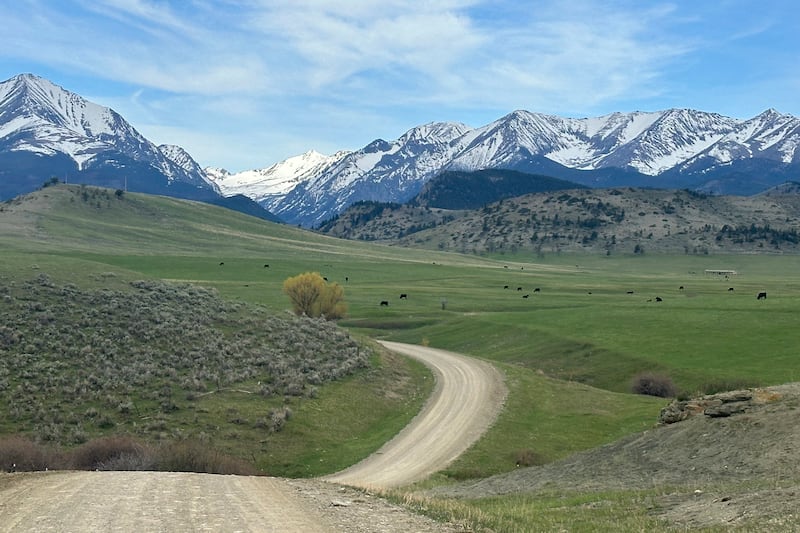
DN: What would you say are the most notable benefits for the public in terms of repealing this rule?
TS: What I have seen in my tenure in managing forests, which runs almost 30 years, is that leaving things alone does not mean that things will be managed. Particularly in the West, we have all of these fire-dependent ecosystems. So, this notion of, “if I want to protect something, I leave it alone,” that’s a fallacy. That’s a false narrative.
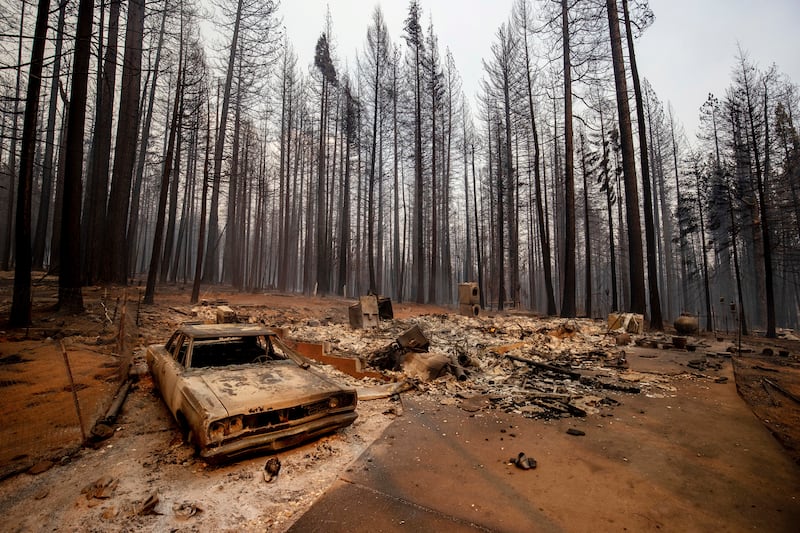
What I have seen, particularly in California in just the last four years, is that 3.5 million acres burned. We had the Caldor Fire in 2021, which was (nearly) 230,000 acres. We reduced timber harvest in that particular area by about 70% over the last 10 years. We were trying to protect a spotted owl habitat. That Caldor Fire burned out 50% of the spotted owl habitat.
If we truly want to protect some areas, you have to get in there, you have to be proactive. You have to build fuel breaks. You have to have roads to provide access to firefighters.
If I have a community where we have the potential for loss of life, loss of property, am I not going to take every action possible to protect those communities?
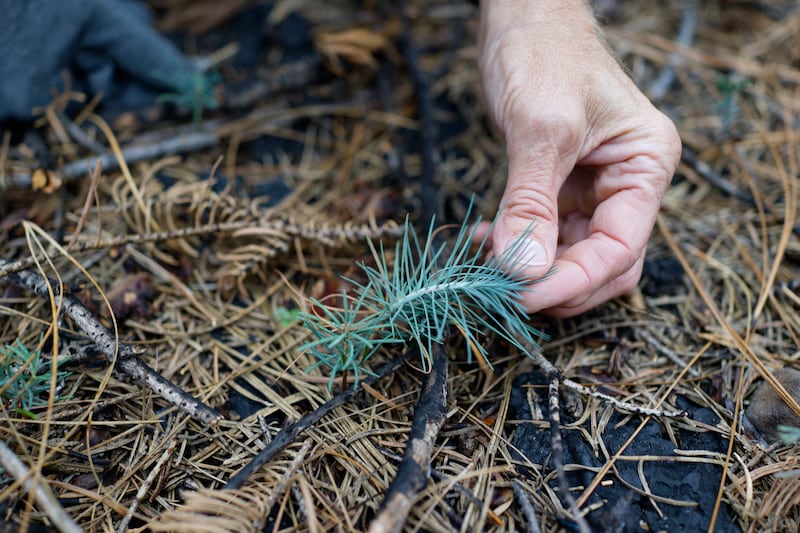
DN: Do you think that the arguments that were so important in the late 1990s and early 2000s about leaving part of these large tracts of American land untouched — protecting ecosystems, managing wildlife populations or allowing them to exist naturally — are no longer as relevant as they were then?
TS: A lot of that science came out of conservation biology and you had these “islands of biodiversity,” which was a concept, and you had corridors between them, right?
We see that even in northwest Montana — we have “grizzly bear corridors.” But the idea is, “well, we have no roads, you leave that alone for the bears.” When you actually look at the data sets, where are the bears? The bears are on the roads.
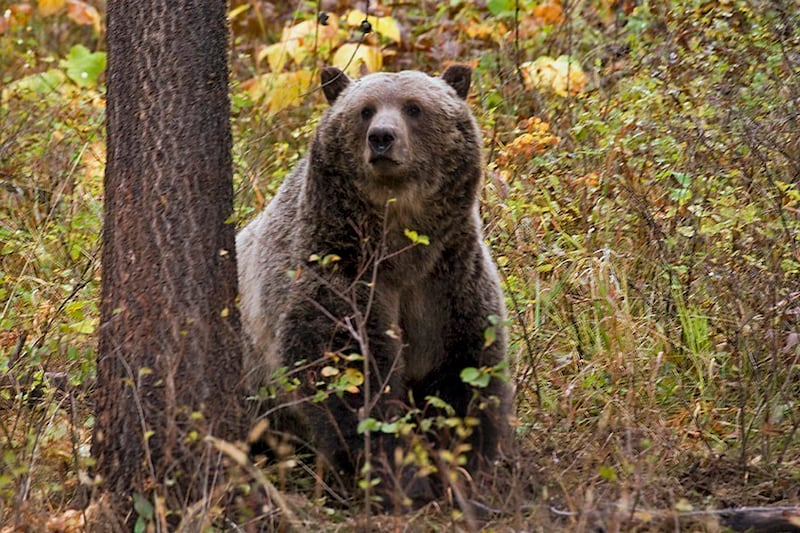
The animals are no different than we are. They look for the path of least resistance. If I see a road, I’m going to most likely hike or walk along that road and the animals are no different. You’ll see moose, grizzly bears, wolves walking along roads.
I’m not here to necessarily say that there’s no value in having areas that are untouched. We still have 25 million acres of wilderness and many of the areas that are currently roadless will continue to be roadless for many years. That’s just because it won’t make economic sense, or financial sense, to put roads into every piece of country.
I’m not here to necessarily say that there’s no value in having areas that are untouched. We still have 25 million acres of wilderness and many of the areas that are currently roadless will continue to be roadless for many years. That’s just because it won’t make economic sense, or financial sense, to put roads into every piece of country.
— Tom Schultz, USFS Chief
DN: Large tracts of roadless areas have received fuel treatments in the last 24 years. Do you think there’re ways to manage these lands without roads?
TS: If you own land, you need roads to access it. You need roads to manage the ground. You need roads to put the fires out.
Here’s a good analogy. Think about the military. If all we had was the Air Force dropping bombs, you’re not going to win the war. You have to have ground troops. It’s the same thing with fighting wildfire. You still need people on the ground that have access through roads.
Roads provide access. They provide access for recreation, for management, for all kinds of things. So roads are truly an asset. It’s something that we value. They also can be areas that we have to pay attention to from an environmental perspective. Roads are key to this system.
DN: There are billions of dollars in backlogged maintenance on Forest Service lands. If funds are going to be allocated towards construction projects, wouldn’t it be wise to address the issues that are currently standing rather than building more roads?
TS: I’ll liken it to Jesus said, “the poor will always be among us, it doesn’t negate the need to help the poor.” I would say road systems, the need to manage those roads and the cost, will always be among us.
We’ve estimated we have about a $10.8 billion backlog in capital maintenance projects — roads, bridges, and facilities. A large part of that is roads and bridges. We’ve seen the Great American Outdoors Act provide us almost $300 million of funding over the last five years to address some of that. But is there gonna be a need? You bet.
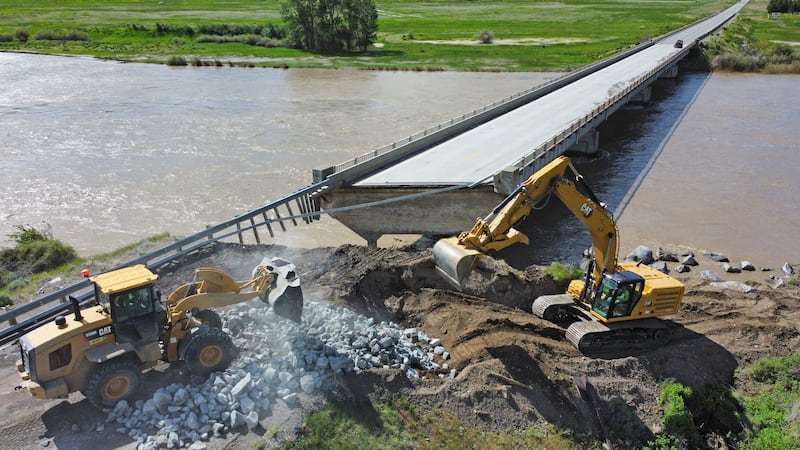
But I’ll also tell you that it doesn’t negate the need for new roads. To think we have every road that we will ever need already in place — I would say that’s not an accurate statement.
DN: Some are worried that repealing the Roadless Rule will have a demonstrably negative effect on hunting, fishing, recreation and those ecosystems themselves. Is there any reason for those folks to feel concerned?
TS: How I would envision that this will play out over time is that, first of all, we’ll try to maintain the roads in the roadless areas that we have. Then off of those roads, we’ll probably look at some areas that would make sense. But I would not anticipate, across 60 million acres, wholesale roading of all that acreage.
We’re gonna do things incrementally that make sense to do given public input in the process. Any projects that we do still require public input. If we propose a timber sale, we propose a road project, it’s gonna still take public input.
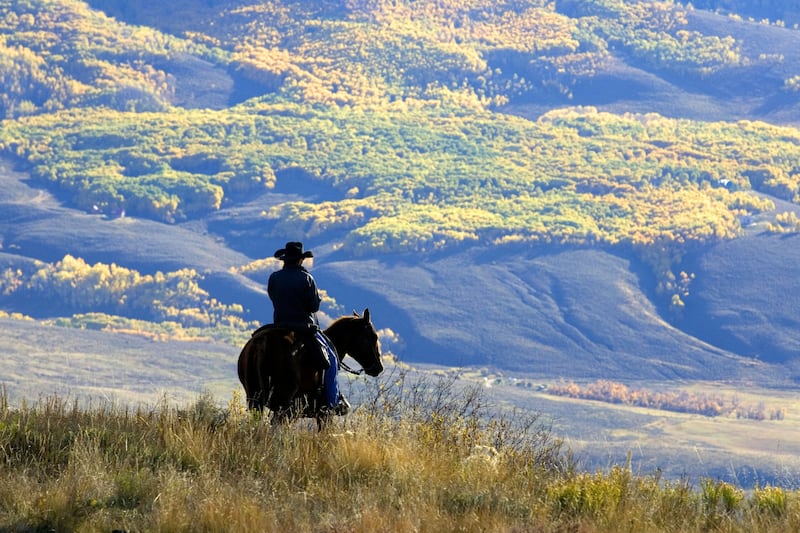
DN: Speaking of public input, the comment period for this is short, running from Aug. 29 to Sept. 19, and Secretary Rollins said in June that her intention is to repeal the rule. It seems as if it’s already a done deal. What’s the purpose of such a short comment period?
TS: This administration moves quickly. That’s a general sense of how we operate. But this is not a new issue. This is not something that’s dropped out of the sky. The people that are impacted by roadless — either they’re for this or if they’re against it — this is not something they have to sit back and think, “Oh my gosh, I’ve never thought about this. How can I craft my arguments?”
What we’re trying to do is make sure we move forward, that we give an opportunity for the public to have their comment, but we also move forward expeditiously. We don’t (want to) drag this on.
DN: If the comments come back and they’re overwhelmingly opposed, will that alter the course of what might come?
TS: We’ll have to wait and see what the comments look like. It’s premature, at this point, to say what the action the secretary might take. She’s clearly made her intentions known. But, no different than other things done, we’re taking public comment, we’ll analyze it and provide the feedback to the secretary. It’ll be her decision in terms of how we proceed.
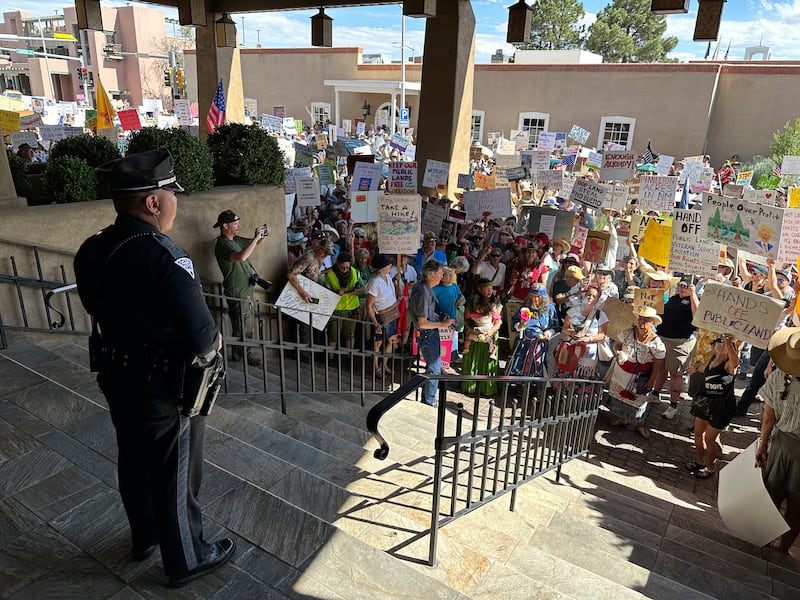
DN: What does turning management over to local land managers mean in terms of practical next steps?
TS: What I would envision is that many forest plans, not all forest plans, but many have adopted the Roadless Rules. There would be some forest plan revision process that’s going to get more public input. And then that forest plan will provide a framework for how we would address roadless in that forest plan.
It’s not going to be a free-for-all. It’s going to be a thoughtful process.
DN: Is there anything that we didn’t talk about that you’d like to emphasize?
TS: This notion of multiple use management and protecting communities — I cannot emphasize that enough. We are racing against time to make sure that we’re doing the right thing on the ground to protect communities and manage the resources that we have for rural prosperity. While at the same time protecting the environment.
This suggests that the forest service, in implementing forest management projects, is not going to be a thoughtful steward. That is completely wrong. We are very thoughtful stewards. We have this tremendous conservation ethic that goes back to Teddy Roosevelt, so this agency is poised to do this work in both gaining public input and also doing the right thing on the ground.
